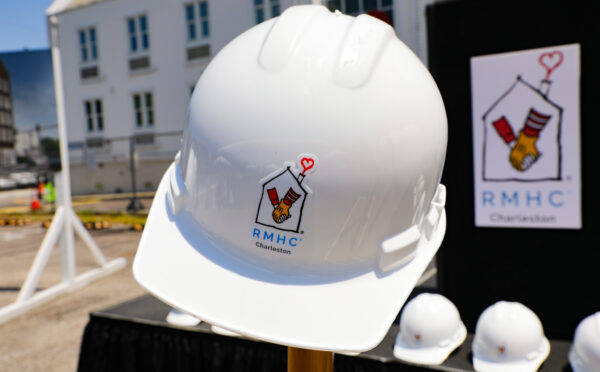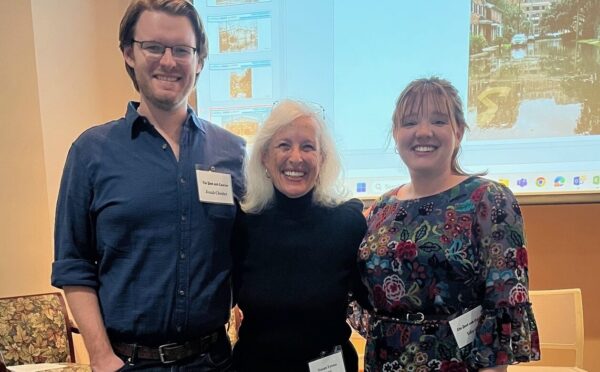Any development officer will tell you that creating a sustainable donor base is critical to fundraising success, but in order to do this, we must engage our current donor base while stewarding future donors. This model is especially crucial today as Generation Y, or as we will refer to them, millennials, are gaining traction in nonprofit affairs.
That’s right. The “me me me generation” is actually one of the most philanthropic generations in history, and is already changing the nonprofit fundraising landscape.
Millennial Giving Capacity
The rate of millennial giving has increased dramatically in recent years, with 60 percent of millennials giving in 2013 and 93 percent giving in 2015. This trend is accompanied by a large increase in volunteering and in-kind donations by millennials who want to see a tangible difference as a result of their personal contributions.
Millennials do not have the highest giving capacity right now, but they will soon. By 2020, millennials are projected to have $1.4 trillion in buying power. Couple that with the estimated $30 trillion in intergenerational transfers between Boomers and Millennials, and you have 70 million people sitting on a gold mine of charitable capital.
Segmentation of Donor Strategy
Many nonprofits have strategies implemented to engage Boomers and Matures, who account for 69 percent of total giving in the United States and are currently an essential donor base. However, certain strategies that cater to their needs, such as mailings, are lost on younger generations.
In order to create a successful, cost-efficient strategy to engage all donors with your organization, segmenting your development strategy is essential. Curating respective strategies to fit different generational needs will benefit your nonprofit in the long-run.
Engaging Millennials with Your Organization
So how does a nonprofit move forward with creating a millennial engagement strategy? First, it is important to understand a few traits of this generation:
1. Millennials are a hands-on generation. Only 25 percent of millennials think they can make the biggest nonprofit impact solely by donating money. Many millennials inquire about programmatic giving prior to donating to an organization, and 47 percent couple their donations with volunteer work.
2. With Generation Y comes an increased emphasis on social capital. Millennials love fundraising events that simultaneously allow them to build their network and engage their friends and family members.
3. This is the most tech savvy generation to walk the earth. With Twitter, Facebook, LinkedIn and countless other social networks, there are many things that demand a millennial’s attention on a daily basis.
Now for development strategies to accommodate these generational characteristics:
1. Create a young professionals committee. The importance and effectiveness of this strategy is paramount—large nonprofits like Habitat for Humanity have created “junior boards” for young professionals to serve on. With yearly dues, young professionals are practicing philanthropy while also remaining in close contact with an organization, fostering good stewardship.
2. Capitalize on peer-to-peer fundraising. Seven out of ten millennials are willing to approach friends and family about joining philanthropic work at an organization. Peer-to-peer fundraising takes shape in many ways, including crowdfunding platforms, awards galas and benefits where donors can invite their peers. Encouraging board members to instate corporate giving programs in their workplaces is also a great way to engage prospective millennials donors.
3. Constantly engage your social media followers, and update your website regularly. Tweet three times per day, and post on Facebook and LinkedIn at least once daily. Millennials want frequent updates on the work of your organization. Creating a streamlined, mobile-friendly website interface is also essential, as 90 percent of millennials access the internet on a mobile device.
By creating a mutually beneficial millennial engagement strategy, your nonprofit can begin creating long term relationships with the next generation while continually addressing the needs of your current base.
Photo Credit: Storefront Blog.
Eric Singleton is a student at the College of Charleston studying International Relations and Political Science, with minors in Spanish and Psychology. He has worked as a Grants & Programs Intern at the Foundation since 2015.


